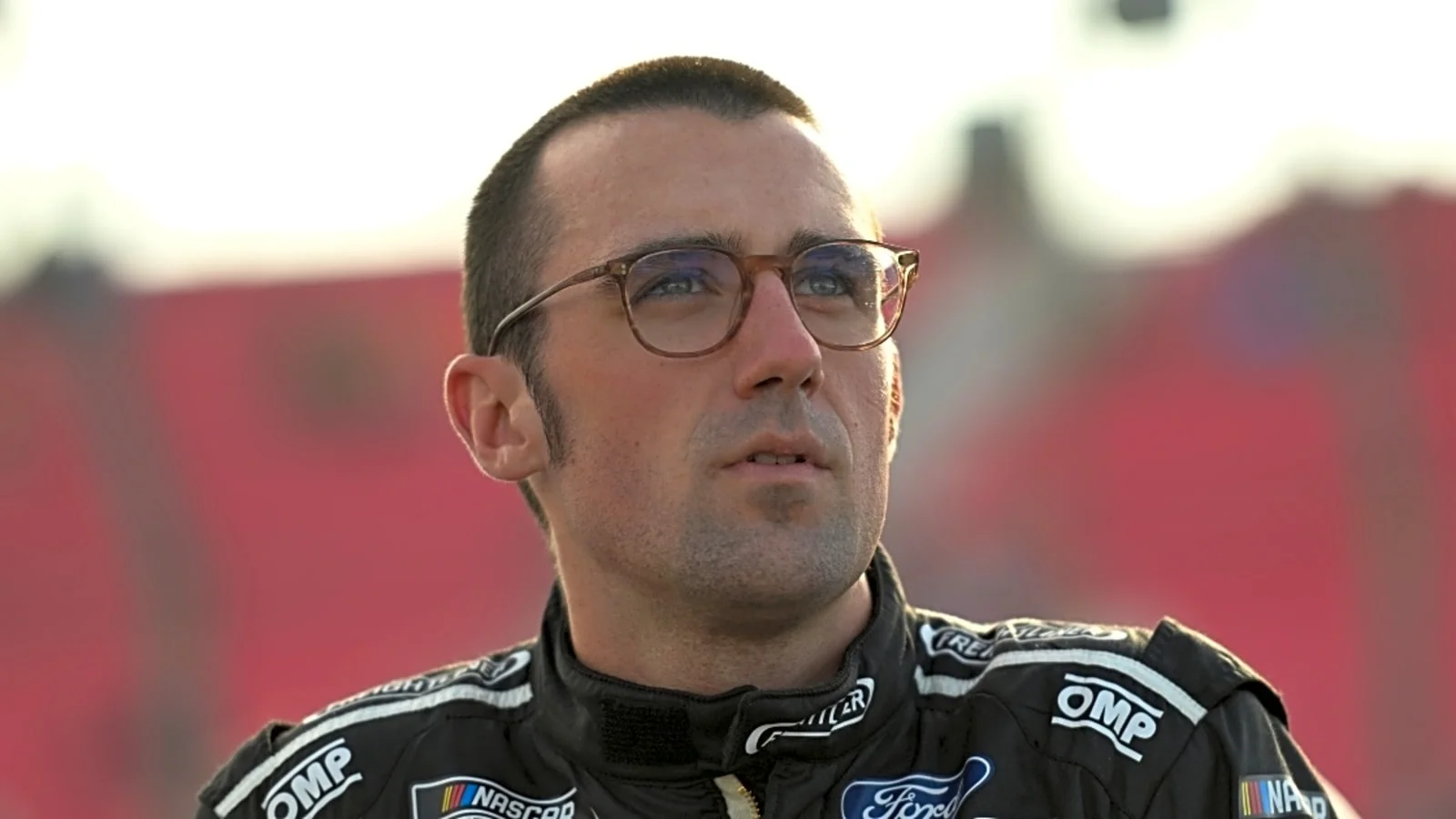Austin Cindric recently weighed in on the ongoing debate surrounding the NASCAR Cup Series Playoff structure, emphasizing that changes to the system are unlikely to ever satisfy every participant or fan. Addressing the current playoff format during a podcast appearance, Cindric drew comparisons with other major sports, sharing his perspective on the complexities involved. In this reaction, the Austin Cindric NASCAR playoff format reaction delivers insight into one of racing’s hot topics.
Cindric Compares NASCAR Playoffs to Other Major Sports
During his discussion about the NASCAR playoffs, Cindric referenced his own viewing habits and used the NFL as a parallel, noting that even other sports with widely accepted postseason formats face ongoing scrutiny. He argued that no system will make everyone happy and questioned whether a “Super Bowl moment” equivalent exists in the world of professional racing.
“This is going to be an argument that will never satisfy all parties,”
—Austin Cindric, NASCAR driver.
Cindric further explained his thoughts by offering a scenario where the top team in football does not win the championship, asking rhetorically if that diminishes the season‘s value. He then explored the idea that fans might actually welcome a change in champions, relating it back to motorsports and asking how NASCAR should determine its defining moment for the season.
“I bet you most people who are tired of watching the Kansas City Chiefs win would gladly see somebody beat them in the Super Bowl. What is our Super Bowl moment, and how do we define that in racing that makes sense? Is it a single race? Is it a multiple races? I think the playoff format is exciting for those who understand it.”
—Austin Cindric, NASCAR driver.
Simplifying the Format for Better Understanding
Cindric addressed the challenges that come with making adjustments to the playoff format. He suggested that any alterations should prioritize clarity and accessibility to prevent alienating newer or casual fans. Too many additional incentives or complicating factors, in Cindric’s view, could lead to confusion and diminish overall interest in the competition.
“I think if there are any changes in the future that are to be made, it has to be first and foremost simplifying in order for more to understand and appreciate. Otherwise, it’s difficult to add more incentives and more items into the fold. …You’re going to lose people’s interest because it’s going to be really confusing.”
—Austin Cindric, NASCAR driver.
Details of the Current NASCAR Playoff Structure
After winning the Talladega race in April, Austin Cindric secured his playoff position, illustrating the significance of a regular-season victory under NASCAR’s current rules. The format specifies that a driver automatically qualifies for the playoffs by winning any race in the regular season. Sixteen drivers eventually make the postseason roster; if fewer than sixteen claim a win, those remaining spots are allocated based on the regular season points rankings.
The NASCAR Cup Series Playoffs unfold over ten races. After the third, sixth, and ninth races, the playoff field is trimmed by eliminating the bottom four drivers each time. This leaves four remaining contenders who face off in a championship-deciding race at Phoenix. Whoever among these four finishes the best in this final event becomes the NASCAR Cup Series Champion.
NASCAR Playoff Evolution and Notable Champions
The playoff concept has been part of NASCAR since 2004, but its contemporary version was introduced in 2014, altering the path to the championship. Joey Logano—an individual recognized among drivers and teams for his consistent successes—currently holds the title of reigning champion and has secured three Cup Series championships in his career. Teams, fans, and industry insiders continue to examine the structure as each season unfolds, seeking improvements without sacrificing excitement or fairness.
The significance of these ongoing discussions is clear for NASCAR, as changes to the playoff format directly influence long-term engagement, competitive balance, and how the season’s defining moments are established, not only for the drivers but for everyone invested in the Cup Series.
